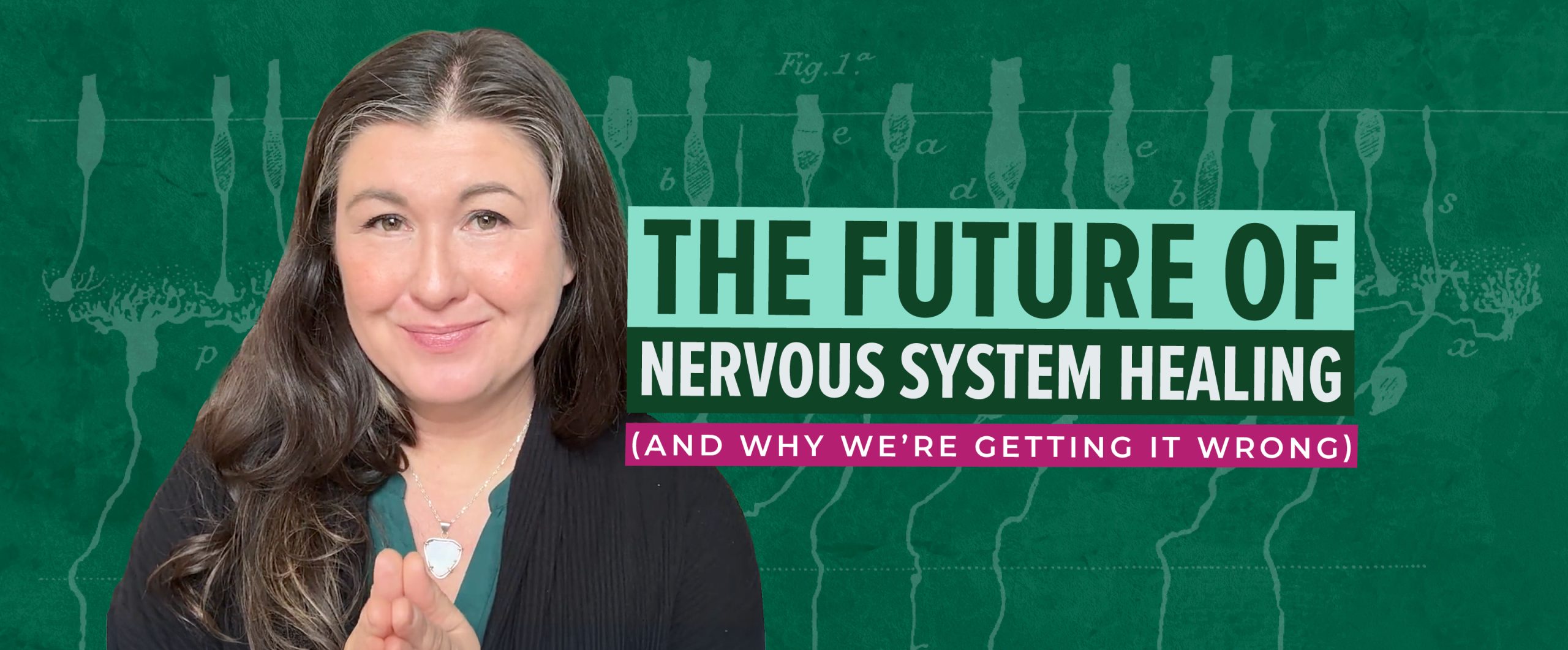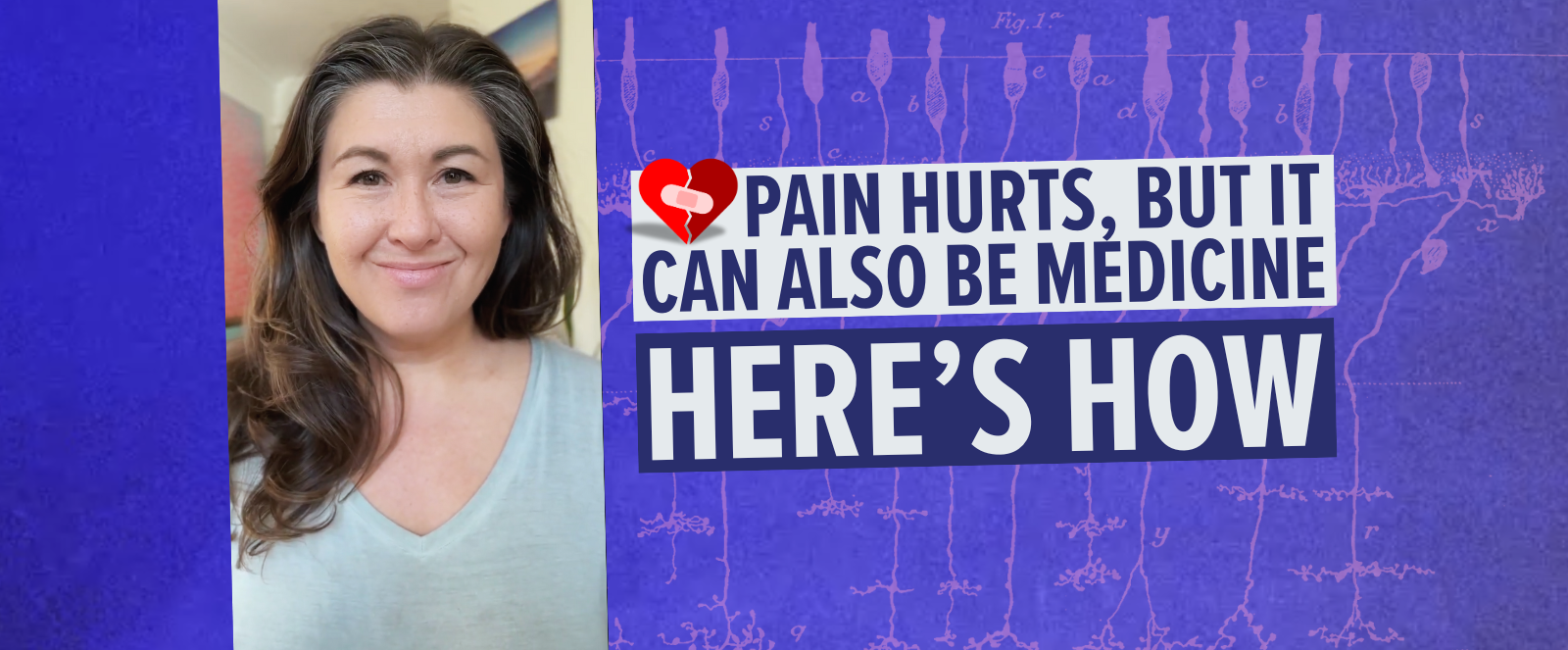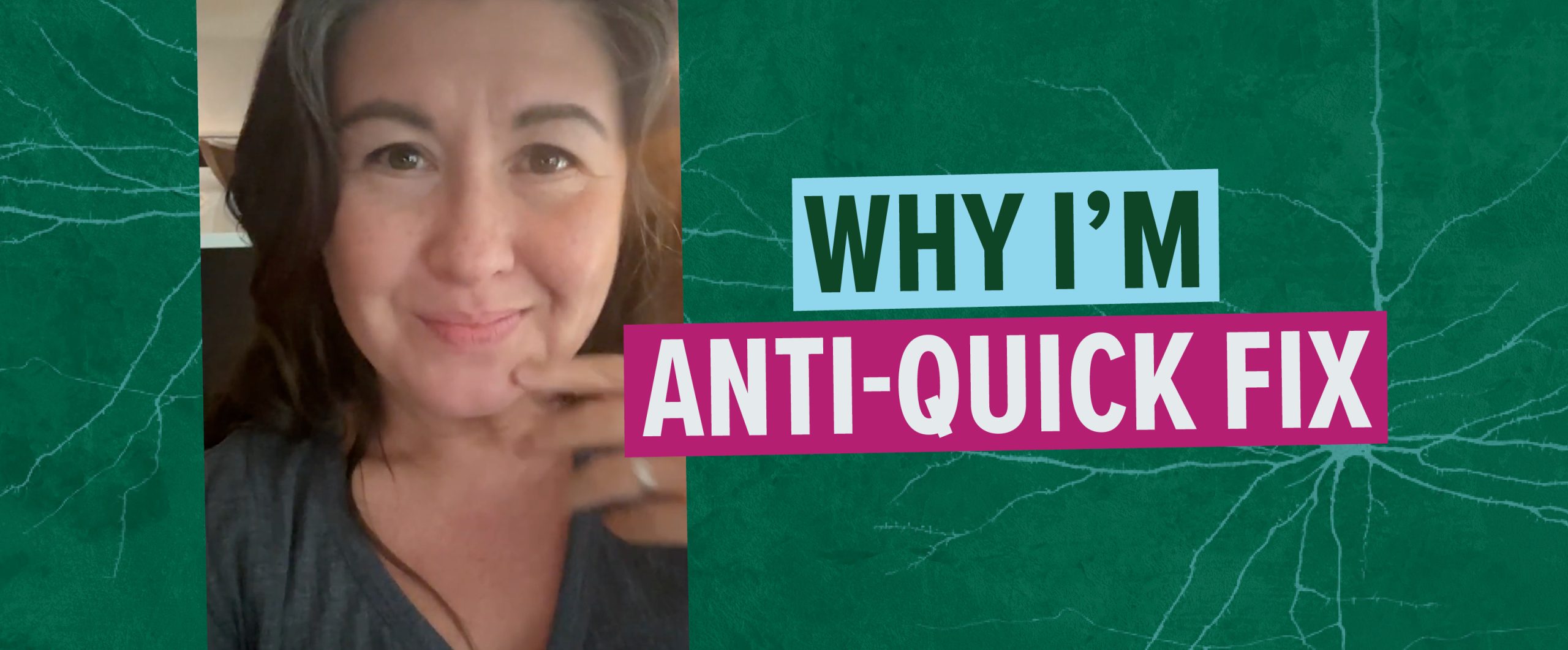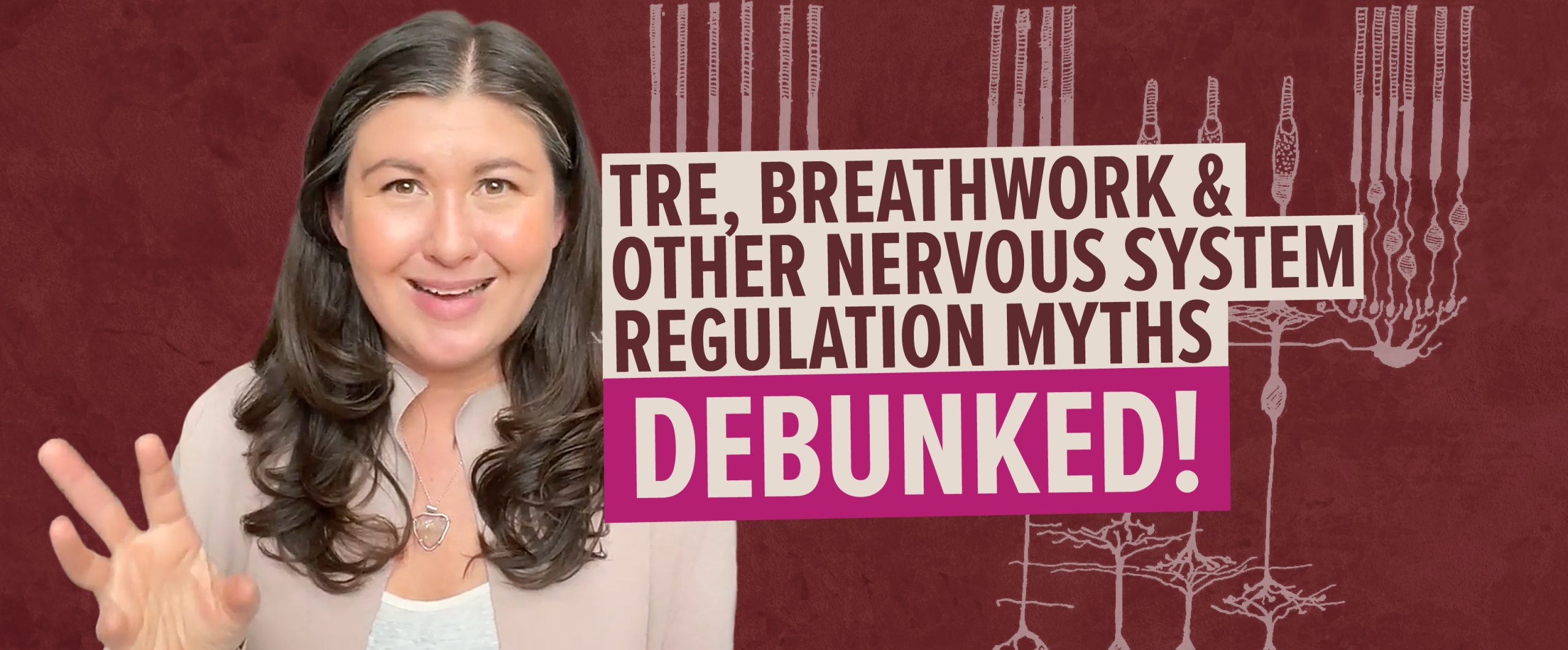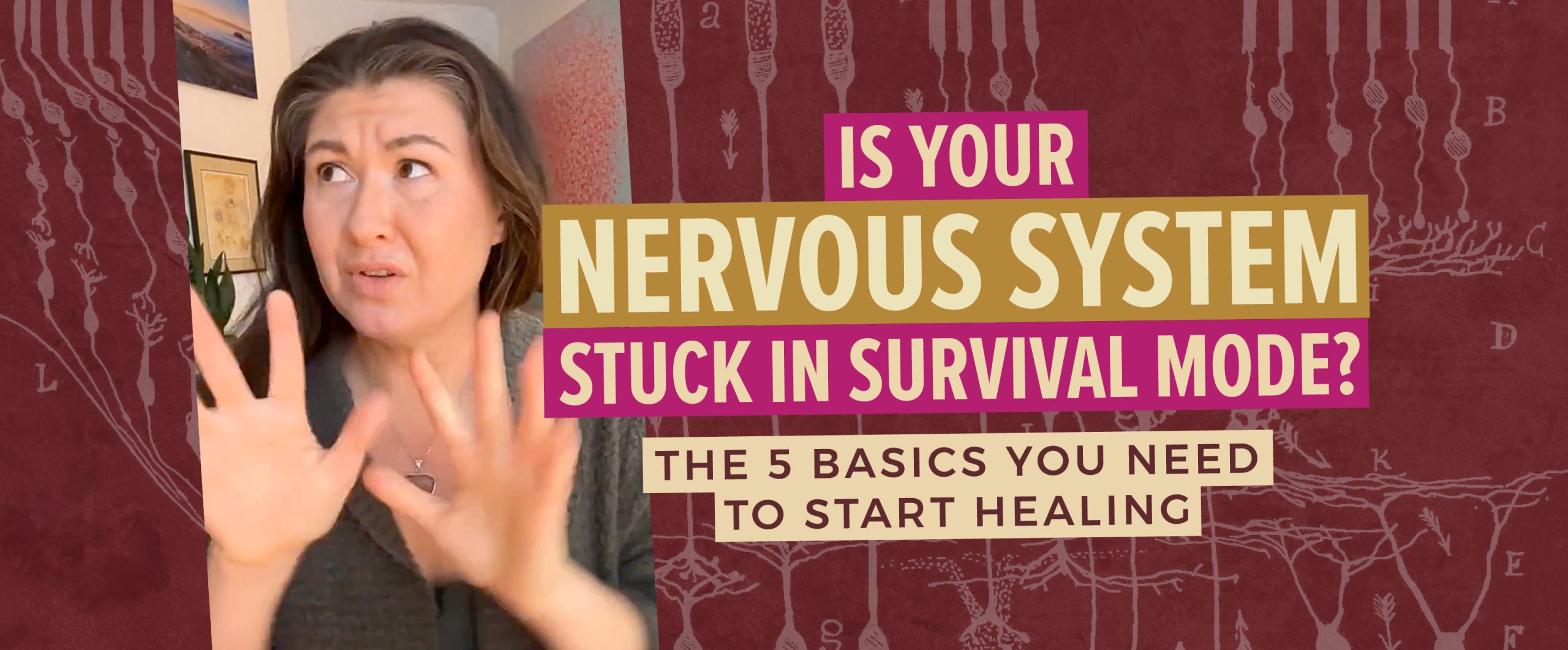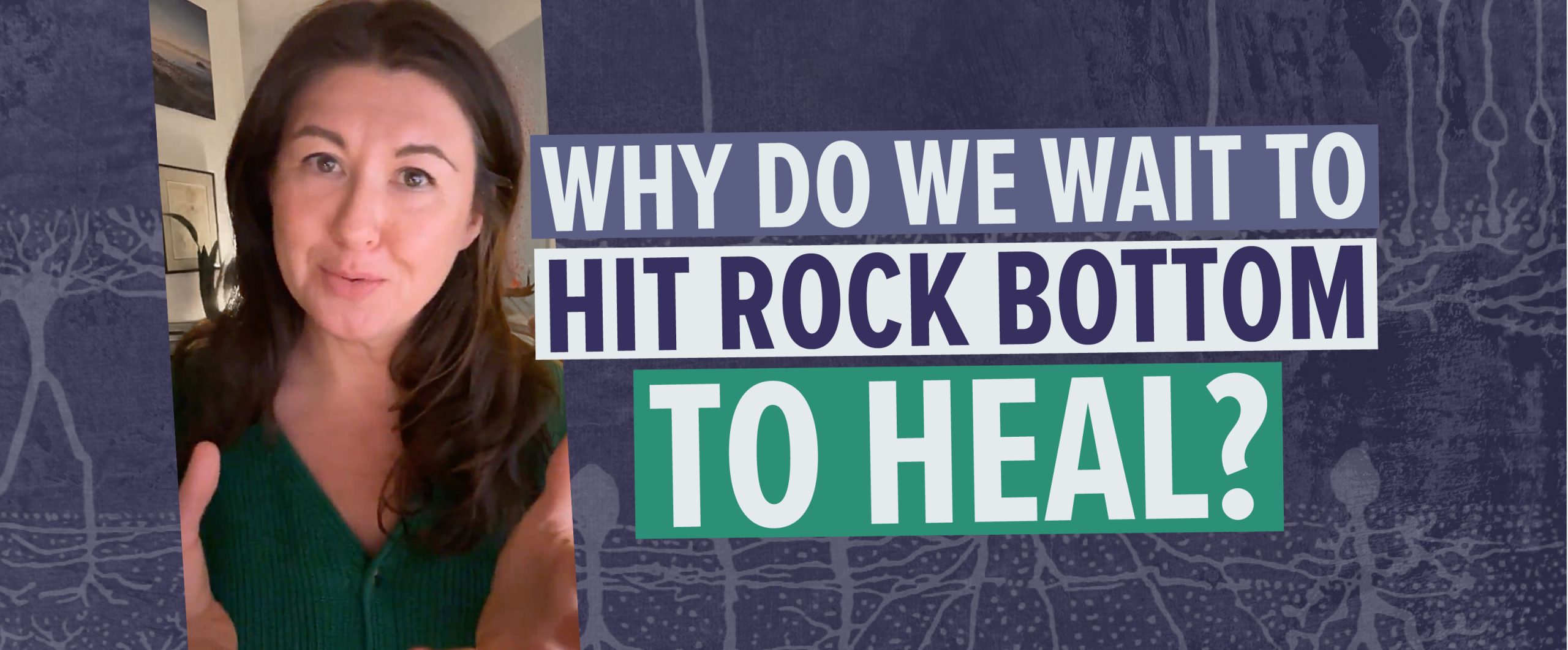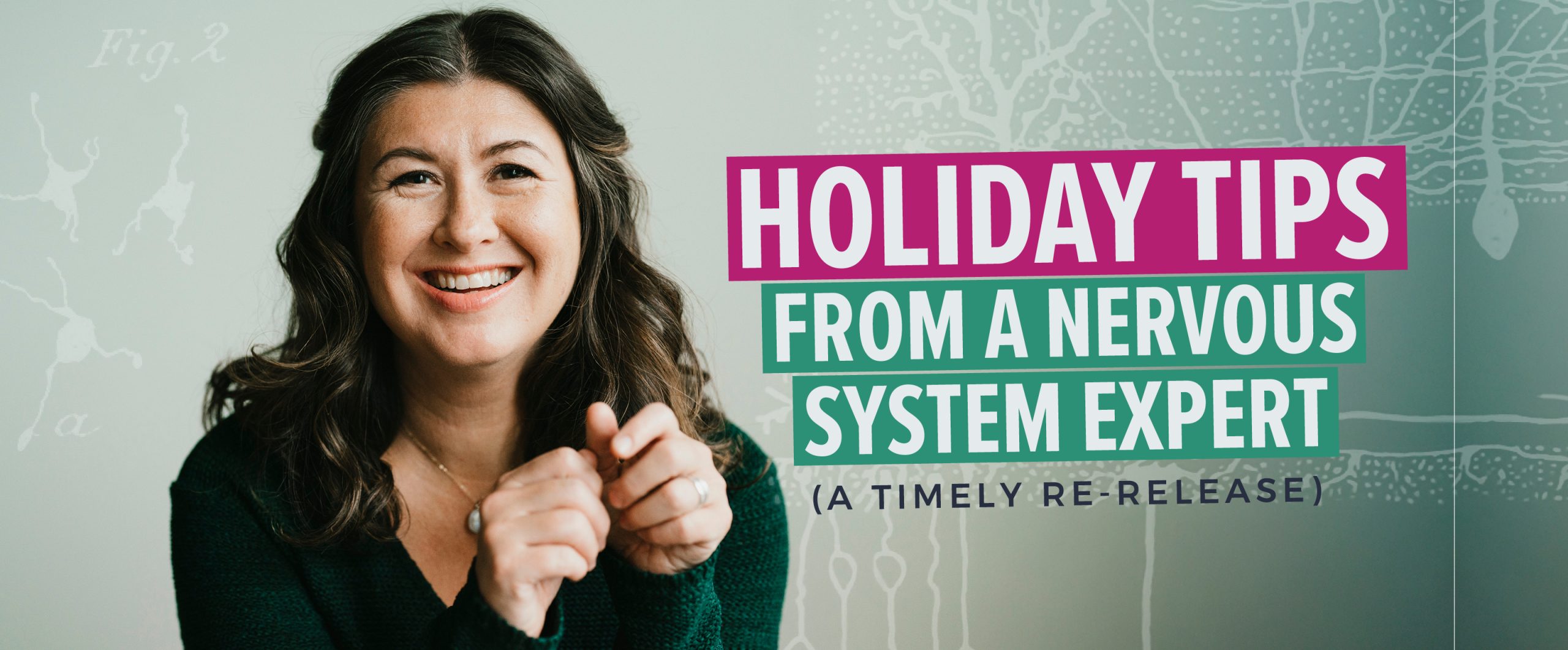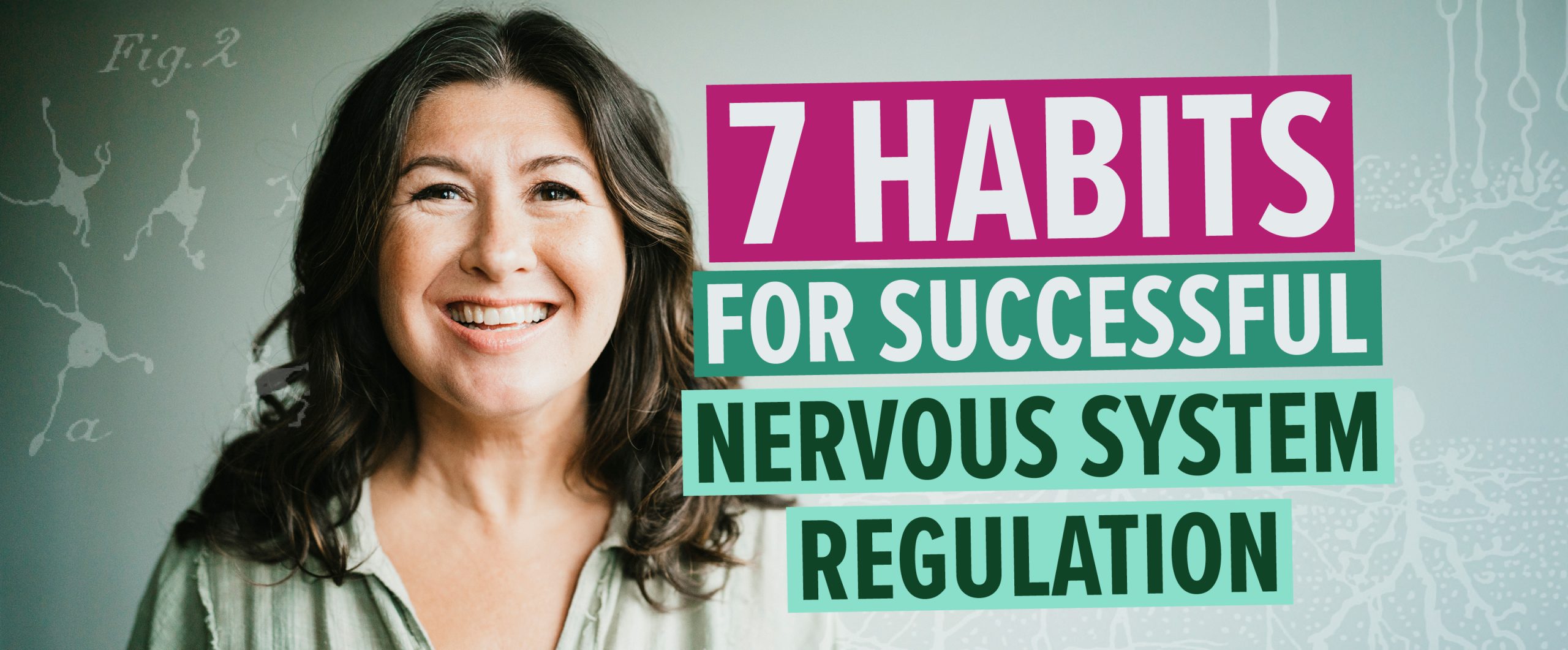Imagine This (or better yet, TRY THIS!)
Take a chair and start to tip it such that it is only balancing on two of its legs. Now keep tipping. Then, take your hand away. If you don’t catch it in time, and bring it back to its other two legs what happens? It falls over. Bang!
Now TRY This
Stand up and slightly lean forward. More. More. MORE.
Why do you think you are NOT falling forward flat on your face like the chair?
Answer: Your brain won’t let you. It’s just a matter of basic survival instincts. Typically we only fall forward willingly when a soft body of water is nestled in front of us, or if we are trained in catching ourselves with our own strength and arms.
Now THINK This
What would happen if during your day, your life, your activities, your body was ALWAYS slightly ‘off-balance’?
By this I mean, not falling forward in a big way like the experiment above, but just a tiny bit, say a centimeter, or even a few millimeters. What do you think would happen if you were always slightly too far forward? Or a tiny bit too far back? Or to the left or right?
The basic answer is that you’d have to catch yourself. Your MUSCLES would be always on a low level of survival duty. And when muscles get used (um, abused?) this way, they start to feel like bones.
They start to become your supportive structure and this is when they demand attention. Sometimes they even shout and scream at you in the form of break down and injury. They didn’t sign up for this job, and they certainly don’t want to get all sickly and old before their time.
Their sign-up was for movement. Big movements. Moving you from here to there. Dancing. Skiing. Grooving.
The current and common remedy for tight muscles just doesn’t cut it!
The common remedy for muscle tightness is to stretch it out. The good old static flexibility exercises where you hold and stretch for 30 to 60 seconds at a time. Although these may give a sense of relief in the moment, the second you go back to being ‘off-balance’ with your activities, whether they be low energy activities like sitting or standing, or larger actions like walking, running, cooking, gardening, lifting weights, etc., your muscles will flip back into the role of being like your bones.
Do you have one side of your body that is constantly tighter than the other. Even with the most devouted stretching regimen?
If YES, then chances are you are using your body in an way that is not as efficient as it could be.
My favour strategy to alleviate these imbalances?
Learning.
Learning how to sense what you do. Learning how to make changes that are intelligent for your body. Learning how to move with greater efficiency and proper balance.
Try out my 15 minute Neurosensory Exercise. It will give you some pointers on how to find your balance.
to be continued…..
Irene.

